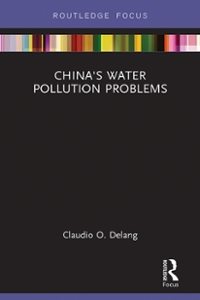Economics questions:
(5 points) Suppose the cross-price elasticity between alcohol and cigarettes is -0.30. What will happen to the consumption of cigarettes if the price of alcohol increases by 50 percent? 2. (5 points) Is Washington Square Park a non-excludable public good? Explain.3. (5 points) Last year, Acme signed a four year leasing contract for a new retail store for $2M total. At that time, the forecast for revenues minus operating costs was $4M over the four years. Based on that forecast, Acme has now already undertaken $1.5M of renovation. Recent updated forecasts suggest that revenues minus operating costs will actually be $2.5M over the four years, and that Acme would need to undertake an additional $1M in renovation in order to open the store. Given this new information, should Acme continue with its decision to open this store? Explain your reasoning. 4. (5 points) An insurance company sells medical insurance for dogs, charging dog owners a premium of $10 per month so long as they enroll their dog within the first two months of ownership. If they begin enrollment after two months, their insurance premiums rise by $1 for each month that enrollment is delayed. So, a delay of 12 months raises the monthly premium to $22. Explain why the insurance company has this pricing structure.5 (15 points) The market for wine in is perfectly competitive and the graph below shows the monthly supply and demand. The government currently imposes a $3 per bottle tax on wine producers. Price $ 14 13 12 11 10 10 20 30 40 50 60 70 100 Wine '000 bottles A. What price is paid by consumers in this taxed market? B. How much wine is sold in this taxed market? C. Who bears the burden of this tax? Be specific and explain your reasoning.6. (15 points) The graph below shows the annual domestic supply and demand for apples in Applestan. There are also a large number of apple producers operating in other countries and the world price of apples is $35 per carton. $60 $55 $50 $45 $40 $95 DES $25 $20 $15 $10 SO D 5 10 11 12 Apples '000 cartons A. Suppose Applestan were able to engage in international trade. Illustrate this outcome on the graph. B. What would be the price of apples sold in Applestan under free trade? C. How much apple would be produced in Applestan under free trade? D. How much apple would be consumed in Applestan under free trade? E. How much apple would Applestan import or export under free trade










